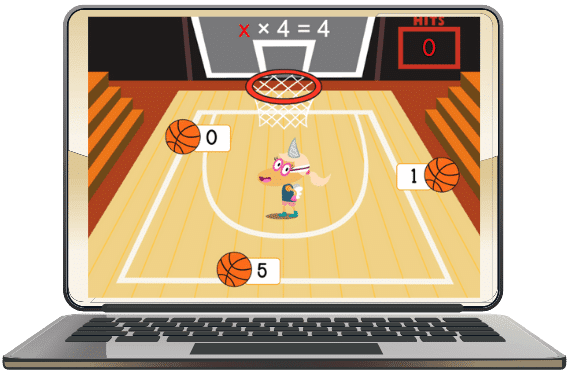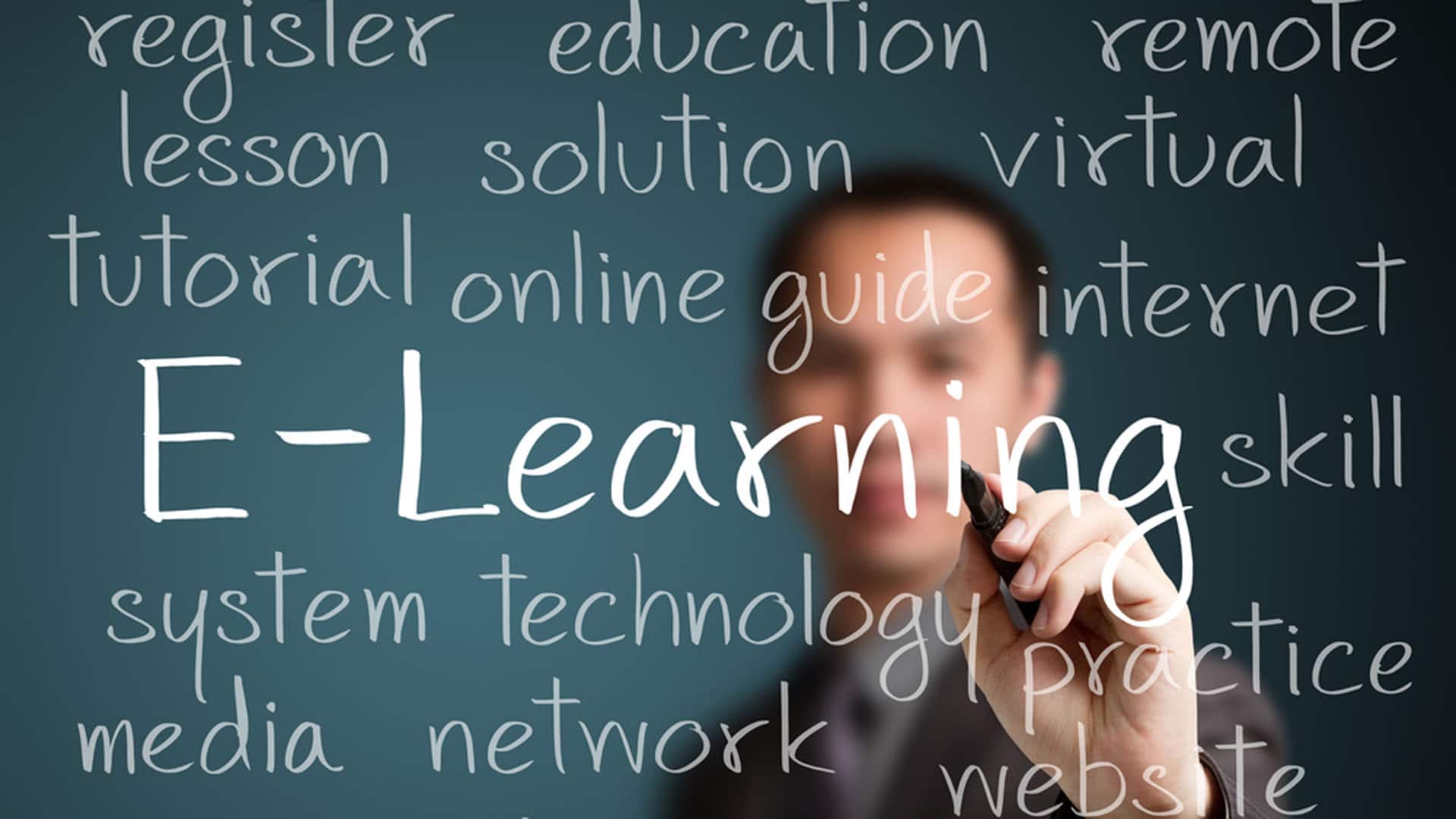E-learning is a well-established concept in all fields of education. It allows you to interact with students and deliver the curriculum effectively even when direct contact is not possible. However, it must be noted that not all interactive content is regarded as effective. Some are based on wizards and templates that are mundane and do not ignite any form of creativity.
When using e-learning in International teaching it is important to develop content that is globally standardized and adaptable to diverse language and learning backgrounds.
But what will make an e-learning program effective?

The objectives of the program must be realized and the results proved through their performance. This means that it is the objectives that will guide the design and content to be included in the e-learning program.
The learner must find the motivation to follow the curriculum. This has something to do with the technique used in developing the content. It is especially delicate for e-learners since there is a feeling of freedom of laxity. Without the necessary motivation, most of your students will never complete the course make students coming out of your class globally competitive. After all, you are dealing with an international class.
You need to work as hard on the e-content as you would when dealing with students in the classroom. Any content oversight will backfire. The content must also be standardized to meet regulatory requirements and also attract international recognition.
The program must open up opportunities to further the skills of the learner through high-quality content that is relevant, affordable and accessible. Depending on your target class, make the content skewed to meet individual needs. Use software and
presentation techniques that are recognizable and easy to understand for an international class. You may need to customize certain sections to meet the needs of particular students.
Once developed, E-learning content can be delivered in different forms such as:

- Online games – This is a participatory approach that keeps the student engaged. Online games are good for memory. It may have set outcomes or may prompt the player to develop own solutions.
- Educational podcasts – this is a scenario where you record small amounts of information and providing it to your students. This is a dynamic approach where your students can even access the information on their mobile phones and on the go. The information may be audio or visual as you can see from here some educational podcasts.
- Multi-media presentations or slide shows – these are highly visual and engaging presentations that can carry any content. They are systematic and will be over in a few minutes. This is an effective technique for step-by-step learning.
- Online assessments and quizzes – these are quick virtual exams where an instructor or the system tracks the performance of a student. Each class of learners sits for a different test. This is a source of motivation and is applicable in the same way that exams are administered during conventional learning. The tests can even be timed.
Delivering content online

It is becoming increasingly popular to deliver international teaching jobs where you deliver your content online. What is required is an agreement on how the content will be delivered so that it suits your students.
What is the learning culture of your students? This should also capture their language and general education viewpoint. The background of your students helps you to skew content to their favour.
Language barrier and sensitivity to terminologies. Words acquire meaning based on the context. For instance, football and soccer can be used interchangeably in some places but mean a different thing in the USA.
Visual examples are easier to understand. With the existence of language and distance barrier, using more words will only work against you. Visual examples are easier to understand. You will not require a lot of explanations because the diagrams and images will do it on your behalf.
Twist the curriculum to be relevant to your students. This is especially important when giving examples. The imagery created must be contextualized. Use cities, names and personalities that your students can easily identify with.
Provide an opportunity for the class to interact and exchange ideas on the subject, culture, personal lives, etc. This is one way to animate your class and create a cohort. They will look forward to the next lesson. They also have a feeling of togetherness, after all, they are tackling similar content. Further, they can share the challenges of the course and find easier ways to deal with these challenges.

Educational blogs are also effective in delivering content to an international class. To effectively deliver e-content for international students, you need to find neutral ground yet cater to the needs of every learner. Make your content interesting and engaging.
If you are looking for extra support, information and resources make sure you check out the Staff Room, our forum for teachers and speak to like minded teachers and discuss ways to deliver the expected quality either conventionally or online.






